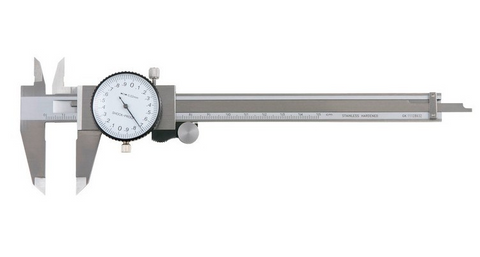Wind Monitoring for Universities and Research: The Importance of High Specification Equipment
Weather monitoring requirements can be very different depending on the application. For instance, when event organisers monitor the wind for outdoor activities, they are not concerned with the exact wind speed value - their priority is detecting dangerous weather and reacting accordingly to prevent accidents. On the other hand, universities and research organisations monitor the weather to gain knowledge, and factors like accuracy and precision become more important.
Accurate data is also very important in wind power applications, since production estimates for wind turbines are as good as the data available. For example, if wind speeds for a project site are overestimated, the real financial performance will fall below the projected scenario.

How Scientists Use Weather Monitoring Data
With current scientific knowledge, the weather cannot be predicted with 100% accuracy. However, weather forecasting is very useful for public and private institutions, since they can take preventive measures to minimise the impact of adverse weather. Forecasting is possible thanks to scientific models, and these models have been developed through many years of weather observation.
Improved weather models lead to more reliable forecasts, increasing the effectiveness of preventive measures for extreme weather. Scientists can also observe climate threats that evolve over many years, such as the polar vortex disruptions that have affected North America in recent years.
When weather monitoring is used for safety, knowing the wind speed and direction is normally enough. However, more variables must be monitored in scientific applications, to analyse how they are related. The following are some examples of instruments used in scientific weather monitoring, in addition to anemometers and weather vanes:
- Rain collector
- Pyranometer (solar radiation)
- Temperature probe
- Relative humidity probe
- Barometer
The barometer is an example of a sensor that becomes very important in scientific applications. While atmospheric pressure may not be relevant when the wind is monitored for construction safety, it is fundamental data for weather scientists. Along with temperature, atmospheric pressure is one of the most important factors that influences wind patterns.
To summarise, scientific weather monitoring is more demanding in terms of equipment specification, since accurate knowledge can only be obtained from accurate measurements. Scientific applications also need more sensor inputs, to study the relationship between many weather variables.
Additional Requirements for Scientific Weather Monitoring
Weather stations must often operate in remote and unmanned locations, exposed to the elements for several months or years. In addition to offering measurement quality, a scientific weather monitoring system must be capable of stand-alone operation during extended periods. Thus, the following features become necessary:
- A long-life battery, ideally with an integrated power source. Small solar panels or wind turbines are common options.
- A weatherproof enclosure, capable of withstanding dust, precipitation and corrosion.
- A data storage system, with enough space to record data for the entire monitoring period. Cloud-based storage is ideal, since it expands capacity beyond the onboard memory.
Combining these features and 14 sensor inputs, WINDLogger has been developed as a weather monitoring solution for high-accuracy applications - scientific research and wind power projects are two key examples. The organisations that have deployed WINDLogger include NASA, and the list of research sites includes deserts and glaciers.
Kommentar hinterlassen
Vor Erscheinen der Kommentare erfolgt eine Freischaltung






